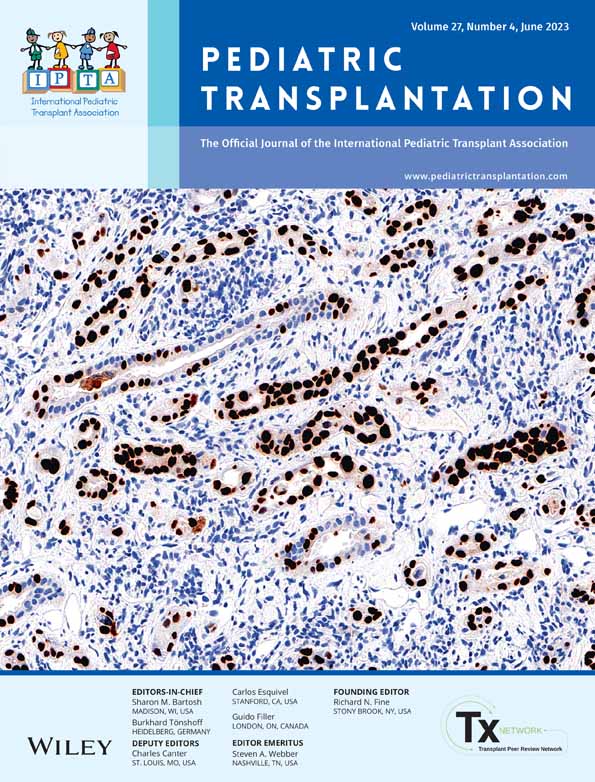Tandem high-dose chemotherapy followed by autologous stem cell transplantation: An infant with trilateral retinoblastoma
Abstract
Background
Retinoblastoma (RB) is the most common intraocular malignancy in childhood. Advanced RB, associated with exceedingly poor prognosis, requires more intensive multiagent chemotherapy than conventional regimens. Rescue of the bone marrow after intensive chemotherapy is achieved with stem cell transplantation. The sequential courses (tandem transplantation) of high-dose chemotherapy followed by autologous stem cell transplantation allow for even greater dose intensity in consolidation with the potential to use different active chemotherapeutics at each transplant and have proven feasible and successful in treating children with recurrent/refractory solid tumors.
Case Description
We report an infant with trilateral high-risk RB who received tandem high-dose chemotherapy (HDC) followed by autologous stem cell transplantation after the conventional chemotherapy. A 5-month-old female patient presented with strabismus, and the ophthalmoscopic examination showed intraocular tumoral lesions in both eyes. Magnetic resonance imaging (MRI) concluded the trilateral retinoblastoma diagnosis due to a tumoral mass in the optic chiasm. The follow-up ophthalmologic examinations and the MRI detected stable disease after six cycles of multiagent chemotherapy.
Conclusions
Rescue with autologous stem cell transplantation after HDC allows for an increase in chemotherapy intensity. Tandem transplantation provides the chance to perform different chemotherapeutics at each transplant and enables an increase in the chemotherapy intensity, thus providing a positive effect on disease-free survival.
CONFLICT OF INTEREST STATEMENT
No conflict of interest was declared by the authors.
Open Research
DATA AVAILABILITY STATEMENT
The data that support the findings of this study are openly available.




